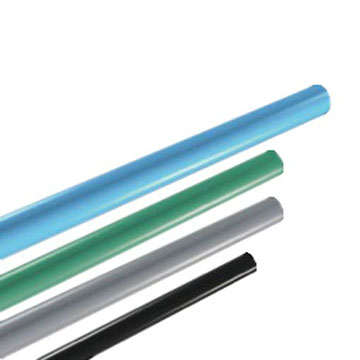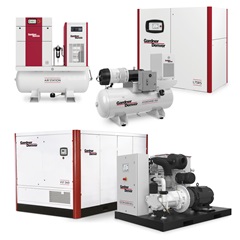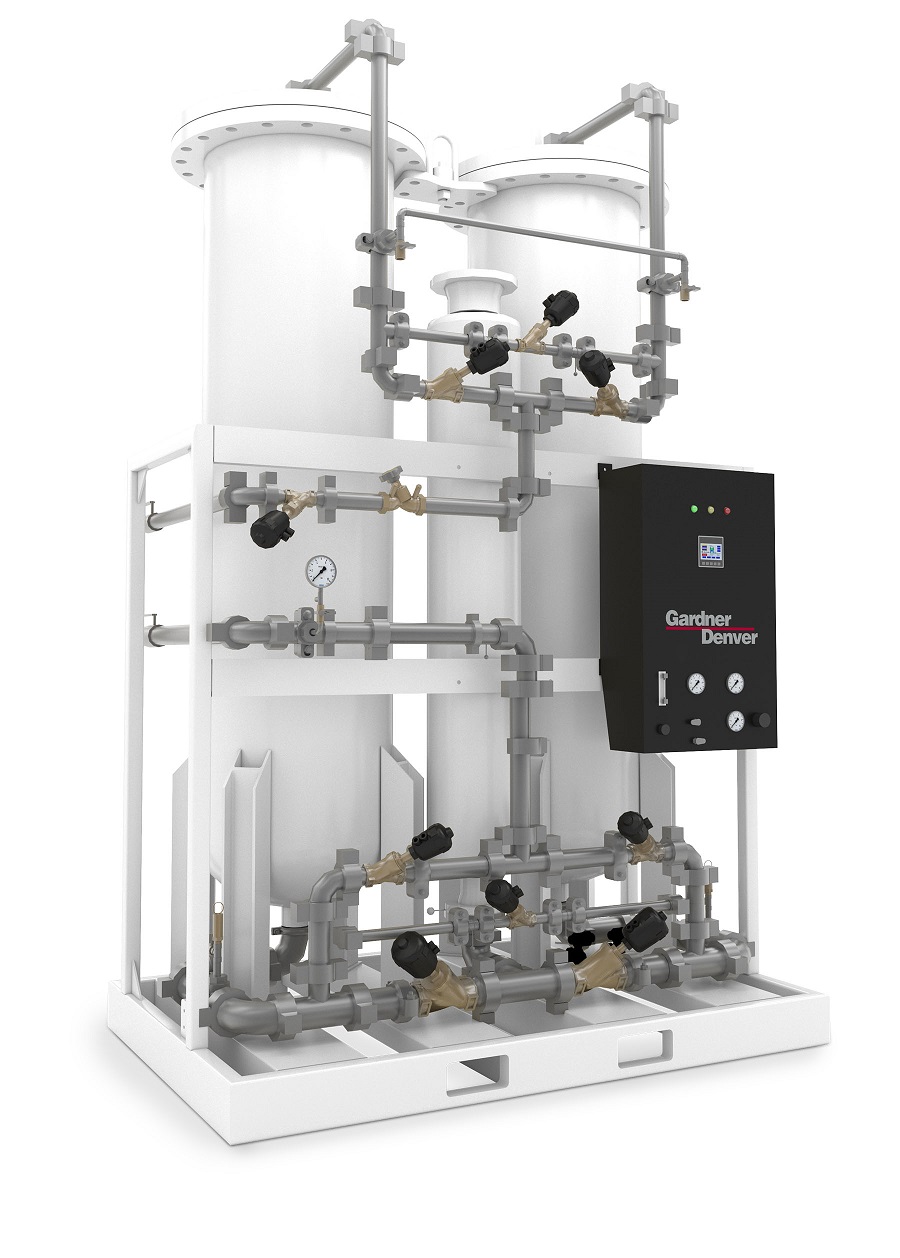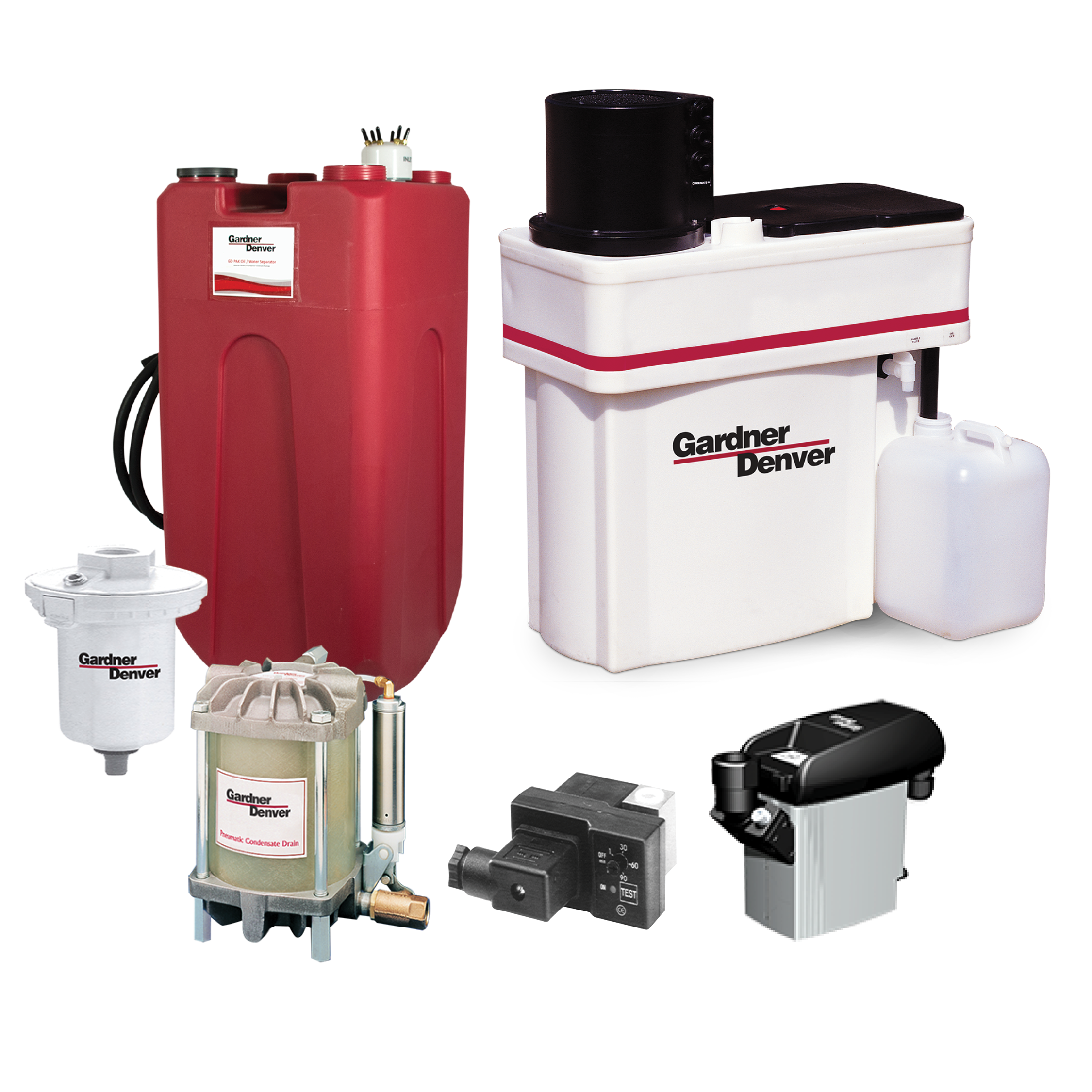The layout, installation, maintenance and material of your compressed air piping can make a big difference on the performance and reliability of your compressed air. Discovering compressed air piping that is lightweight, offers high flow rate with low pressure losses, has smooth internal walls for minimal air resistance and is easy to install is vitally important for your system.
While there are many options for compressed air piping, Quick-Lock and Big-Lock aluminum compressed air piping is the ideal choice for your industrial application, including air with or without oil. Loose less air, gain corrosion resistance and more with aluminum compressed air piping from Gardner Denver.
The layout, installation, maintenance and material of your compressed air piping can make a big difference on the performance and reliability of your compressed air. Discovering compressed air piping that is lightweight, offers high flow rate with low pressure losses, has smooth internal walls for minimal air resistance and is easy to install is vitally important for your system. While there are many options for compressed air piping, Quick-Lock and Big-Lock aluminum compressed air piping is the ideal choice for your industrial application, including air with or without oil. Loose less air, gain corrosion resistance and more with aluminum compressed air piping from Gardner Denver.
Compressed Air Piping Materials: Which To Choose
While there are many different types of materials to choose from for your compressed air piping, not all options are created equal. Each has their own set of pros and cons. Carefully consider the benefits of each to determine which best fits your application.
Steel Compressor Pipe
Pros
Cons
- Heavy, requires strong anchoring
- Difficult to cut and join
- Corrosive, susceptible to rust
Plastic Compressor Pipe
Pros
- Lightweight
- Easy joint connection (glue), easy to cut
- Not corrosive
Cons
- Joints can be weak
- Lack of durability
- Cost
Aluminum Compressor Pipe
Pros
- Anti corrosive
- Lightweight
- Quick connections
Cons
While each has their own set of benefits, the best choice for nearly any application is aluminum. Aluminum piping will keep your compressed air extremely clean, as it is non-corrosive. Unlike plastic pipe, aluminum can stand up over time without becoming brittle or weak. Aluminum piping is push to connect in many circumstances, making installation easy and cost effective.
During the installation process, it is also best to avoid 90 degree bends in your piping as compressed air travels more efficiently through softer bends (45 degrees or less). Doing so will deliver a more consistent flow and minimize pressure loss of PSI due to compressed air piping layout.
 USA (EN)
USA (EN)



